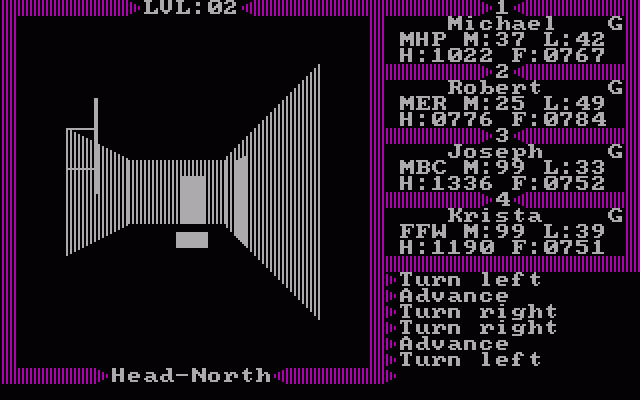 |
| The NES rocketed to popularity in the mid '80s marking a resurgence of the North American video game market and making Nintendo a household name. |
Following the Video Game Crash of '83 and the sudden and abrupt end of the popularity of the Atari 2600 many where convinced that video games (or at least home video game consoles, as the Arcades were still doing relatively okay) was a fad that had passed. However, Nintendo entered the game in 1985 with a limited release of the Nintendo Entertainment System and quickly began to prove them all wrong.
Nintendo had previously released the NES in Japan under the name Famicom (short for Family Computer) and after an initial period of bugs and recalls the system had begun to get very popular there. Initially Nintendo had explored teaming with an american company to release their system and games, they had previous dealings with Coleco and Atari. Consumer confidence in established video game companies dropped so low during (and because of) the Crash of '83 that Nintendo decided it would be best to pursue their own brand.
Nintendo marketed the NES not as a 'computer than can play games' like most gaming systems had been marketed previous, but instead as a toy. The system itself wasn't called a Video Game Console but an Entertainment System or Control Deck. The games weren't called cartridges they were called GamePaks and the original system was packaged with a toy rob (ROB).
Nintendo also had the advantage of having already worked out the kinks of the system in the Japanese market and having a nice backlog of games to release. And so, in October 1985 the NES was released in a few markets within the US (mainly New York and the West Coast) with 18 launch titles - double the number the Atari 2600 had released with. These games were varied and relatively high quality for the time including several sports titles (Golf, Baseball, Tennis, etc.) some platformers and racers (Super Mario Bros., Wrecking Crew, Ice Climbers, Excitebike, Mach Rider) and several shooting games (Duck Hunt, Hogan's Alley and Wild Gunman) among others.
Nintendo followed up with the release of the console to the entire North American market in mid 1986 and several popular Nintendo arcade titles were released at the same time (Donkey Kong, Donkey Kong Jr., Donkey Kong 3, Popeye, Mario Bros., and Balloon Fight). The shinning stars of the original launch titles - Duck Hunt and especially Super Mario Bros. were put on one Cartridge and packaged in with the gaming system. This 'Action Set' would prove very popular in the US especially and contribute to massive sales for the two titles.
 |
| These two titles, on one GamePak, were a huge incentive to purchase an early NES. |
The list of franchises that were established on the NES is quite extensive, Nintendo's Super Mario Bros., Zelda, and Metroid along with other games like Castlevania, Metroid, Metal Gear, Ninja Gaiden, Dragon Quest, Final Fantasy and dozens more came out for the system. The quality of the games for the systems was due, in part, to Nintendo's firm control of what went on the system. To avoid the glut of poor quality games that spelled the downfall of the Atari 2600, Nintendo instituted the 'Nintendo Seal of Quality' and only allowed games they had approved to be on the system. This system was enforced by the 10NES chip, this was a chip (that Nintendo patented) that prevented unauthorized games from playing on the NES. Using this power Nintendo was able to keep incredibly low quality games (or offensive, sexual, graphic, etc. games) from coming to the system. Unfortunately Nintendo also used this power to restrict the number of games even good third parties were allowed to release and soured their relationship with quite a few companies - this was fine when Nintendo was on top but they still feel the repercussions of it to this day.
The NES would go on to sell over 60 million consoles (about twice as much as the best estimates for the Atari 2600) and be on the market for over 10 years (actually was still on sale in Japan in limited quantities until the year 2000, a 17 year lifespan for that market). Nintendo would go on to make the GameBoy, the Super Nintendo and many other systems with countless games due to the success of the NES. That same success would attract other companies, most notably Sega and eventually Sony and Microsoft to break Nintendo's dominance of the market - but even today Nintendo is still a major player in the Video Game Market (although not nearly as much as they were in the 80's and 90's).
Further Reading:
Wikipedia:
http://en.wikipedia.org/wiki/Nintendo_Entertainment_System
http://en.wikipedia.org/wiki/List_of_Nintendo_Entertainment_System_games
http://en.wikipedia.org/wiki/History_of_video_game_consoles_(third_generation)






_(NA).jpg)



















